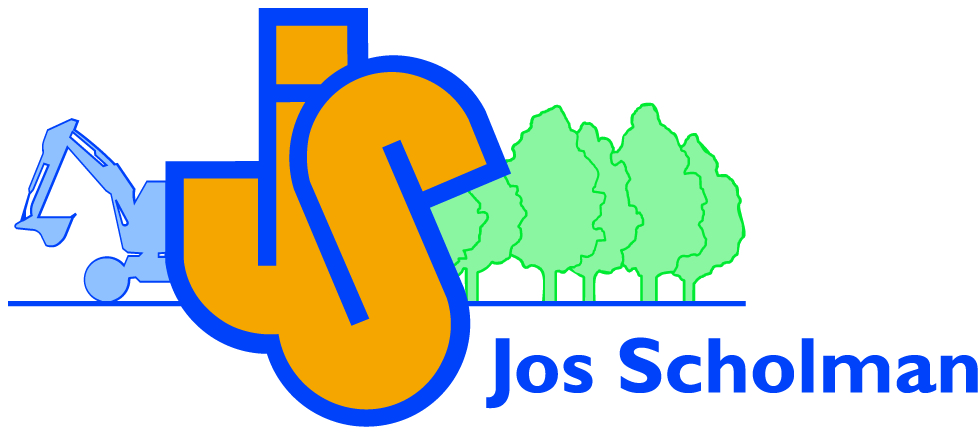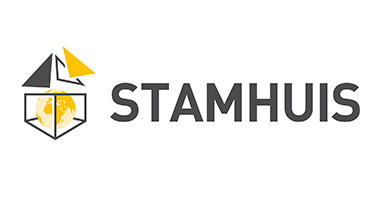The project LIFE NEW HYTS
LIFE NEW HYTS shows how the transition to a climate-neutral transportation sector has already begun. The project is a unique collaboration of local entrepreneurs, knowledge institutions and governments. And shows the possibilities and feasibility for the local production, distribution and application of green hydrogen in road transport. LIFE NEW HYTS is developing conditions for a rapid introduction of green hydrogen-powered heavy-duty vehicles.
LIFE NEW HYTS is a LIFE project and stands for reNEWable green HYdrogen for TranSport.
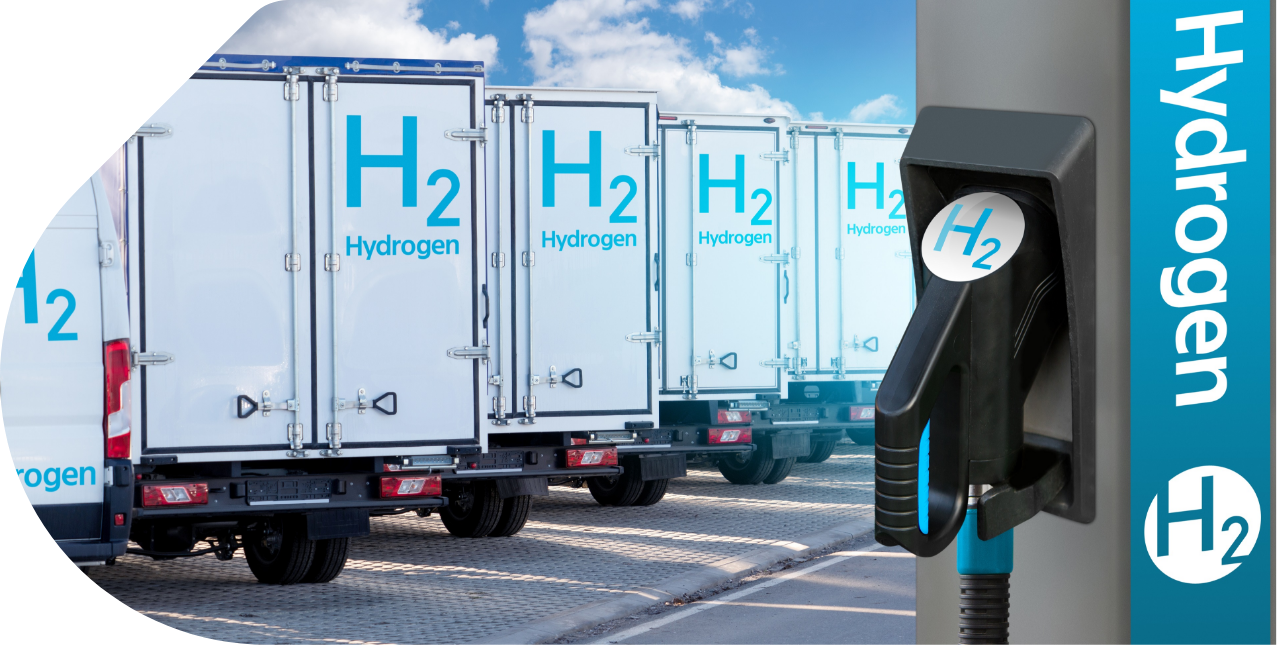
Urgent need for greener transport
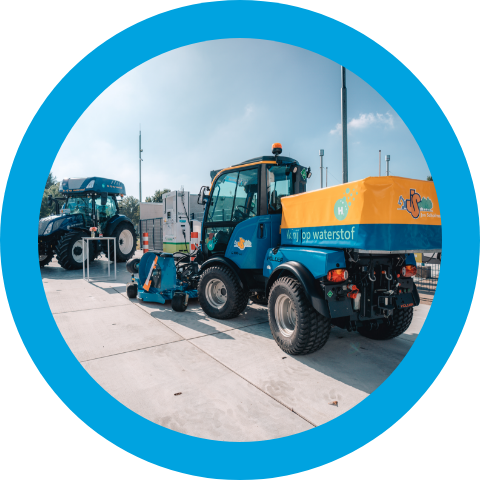
Green hydrogen reduces greenhouse gas emissions and contributes to a greener transportation sector. Current transportation accounts for about 14% of globalCO2 emissions. A greener transport sector with reducedCO2 emissions is badly needed. Renewable energy in the form of green hydrogen plays an important role in this. The European Union (EU) has set the goal of using 32% renewable energy by 2030. Specifically for the transport sector, the share of renewable energy must be at least 14% by 2030.
Hydrogen is going to play a crucial role in achieving EU targets. Electric motors powered by hydrogen fuel cells - compared to battery electric vehicles - are better suited for both heavy vehicles and long-distance transportation.
LIFE NEW HYTS is committed to green hydrogen for road transport
The usage and production of green hydrogen in transport has reached an impasse that must be broken down. Supply and demand are glaring at each other and are not moving. Currently only a small number of hydrogen vehicles are in use, so the incentive to open hydrogen filling stations in the Netherlands is lacking. And few hydrogen filling stations means there is no appeal in driving hydrogen-powered vehicles. This impasse forms a barrier to scale-up the use of green hydrogen in transport. Additionally, the investment costs for green hydrogen production are high and a hydrogen distribution system is lacking.
Transport hub Utrecht has Hydrogen in Mobility Covenant
The province of Utrecht is the most important transport hub in the Netherlands and the region with the highest transport density. To promote hydrogen in the transport sector, the province has signed the Covenant on Hydrogen in Mobility Province of Utrecht (Waterstof Utrecht) drawn up. More than 120 parties have joined to make mobility more sustainable.
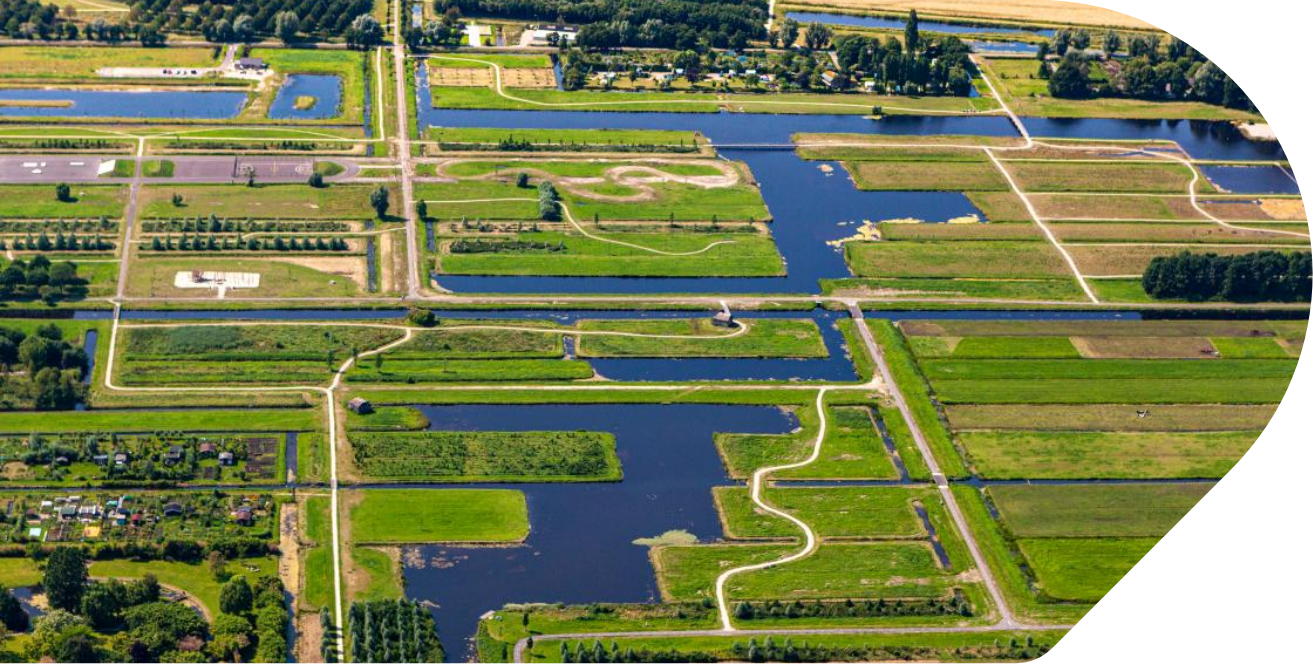
Engagement from the region
LIFE NEW HYTS is a collaboration between KWR Water Research Institute, Province of Utrecht, Hysolar, Stamhuis, Jos Scholman Beheer B.V. and is co-funded by the European Union. LIFE NEW HYTS demonstrates the feasibility of local production, distribution and application of green hydrogen in road transport by setting up a chain in Nieuwegein. The chain consists of generating green electricity through a nearby solar field and converting electricity to green hydrogen with the electrolyser. The hydrogen is transported via a pipeline to Jos Scholman's existing public hydrogen filling station. This hydrogen filling station is suitable for fueling light and heavy vehicles on hydrogen.
LIFE NEW HYTS is a demonstration project for regional production, distribution, and usage of green hydrogen. It provides the province with valuable data on the use and costs of green hydrogen and offers practical support for accelerated implementation of green hydrogen in transport. Utrecht province will expand the hydrogen covenant for the transport sector as part of this project.
Neighbouring countries are involved
The LIFE NEW HYTS project generates a lot of knowledge and experience of the regional production, distribution and usage of green hydrogen in Utrecht. This knowledge is shared with other municipalities in the province, and with the region Bruges in Belgium and North Rhine-Westphalia in Germany.

LIFE NEW HYTS objective
LIFE NEW HYTS creates the right conditions for a rapid introduction of green hydrogen-powered heavy-duty commercial vehicles by pioneering at local level and application at regional level.

Cleaner air
The local production and use of the green hydrogen in transportation can bring huge savings inCO2 emissions. Particulate matter and nitrogen emissions also decrease dramatically. This is better for the climate, health and nature.
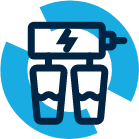
Making Green Hydrogen
The electrolyser at Hysolar will produce green hydrogen starting in mid-2024. Following the requirements of the European RED2 directive will ensure that the hydrogen is produced 100% sustainably.

Hydrogen-powered freight vehicles
As part of LIFE NEW HYTS, the project partners will purchase hydrogen-powered electric freight vehicles: Fuel Cell Electric Vehicles (FCEV). These vehicles are only just emerging in the market.

Green hydrogen-powered machinery
Entrepreneurs purchase 2 types of hydrogen-powered power tools:
- Hydrogen-electric cranes (FCEV): this is a national first!
- Tractors and holders with the Dual Fuel principle: dosing hydrogen into a diesel engine. A temporary application as long as the FCEV version is not yet commercially readily available.

Region and neighbouring countries are involved
The province of Utrecht stimulates hydrogen in mobility with the Hydrogen Covenant. We are also working closely with partners abroad to set up similar projects in Bruges, Belgium and North Rhine-Westphalia, Germany.

Hydrogen-powered vehicle training
To ensure that mechanics and drivers have sufficient knowledge of hydrogen vehicles, Innovam, Aeres Group and Hystream have set up a training program in the province of Utrecht.
News
Partners
Contact
Contact us for more information about the project via the contact form. Also check the helpdesk for questions about hydrogen in mobility, especially in the province of Utrecht.
"*" indicates required fields

